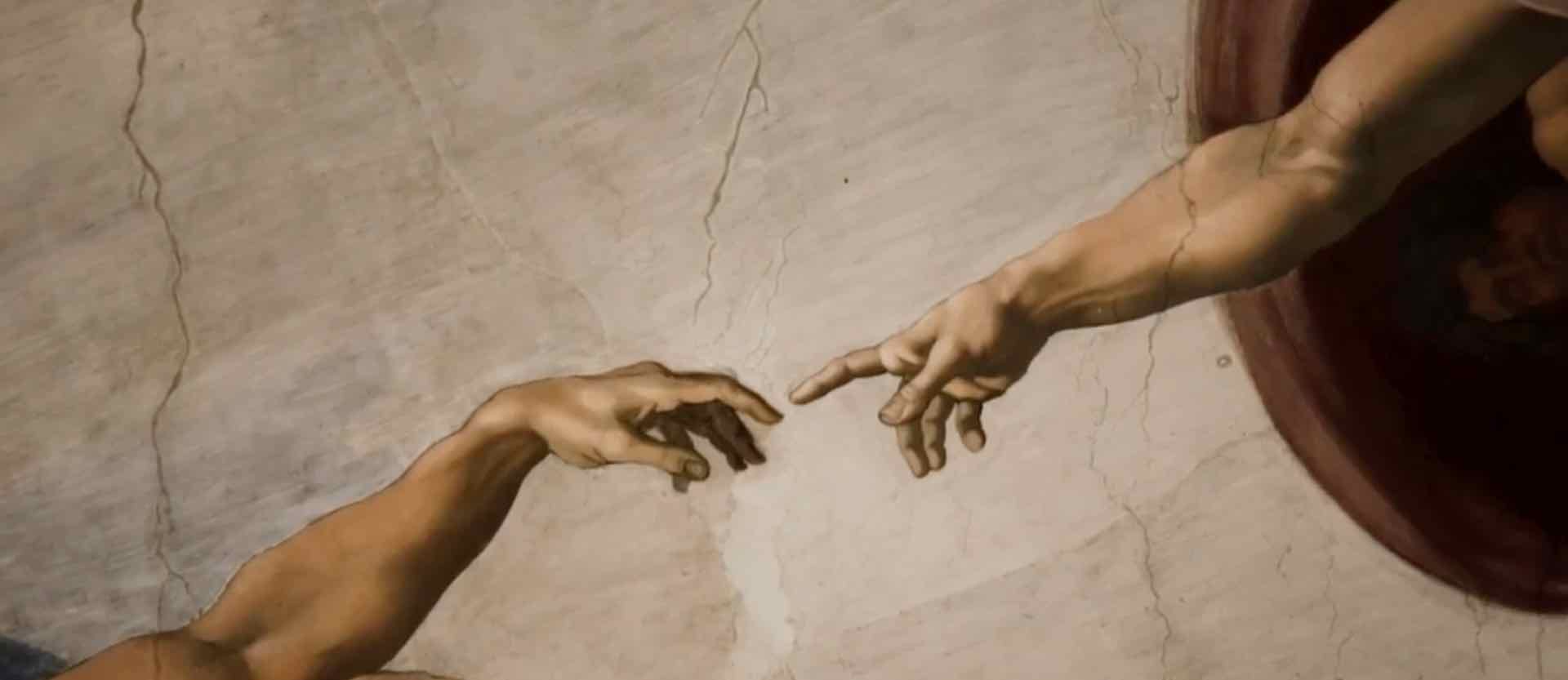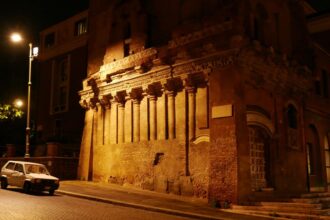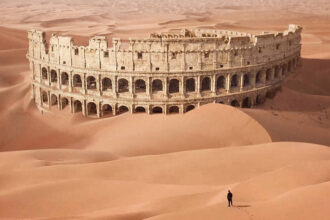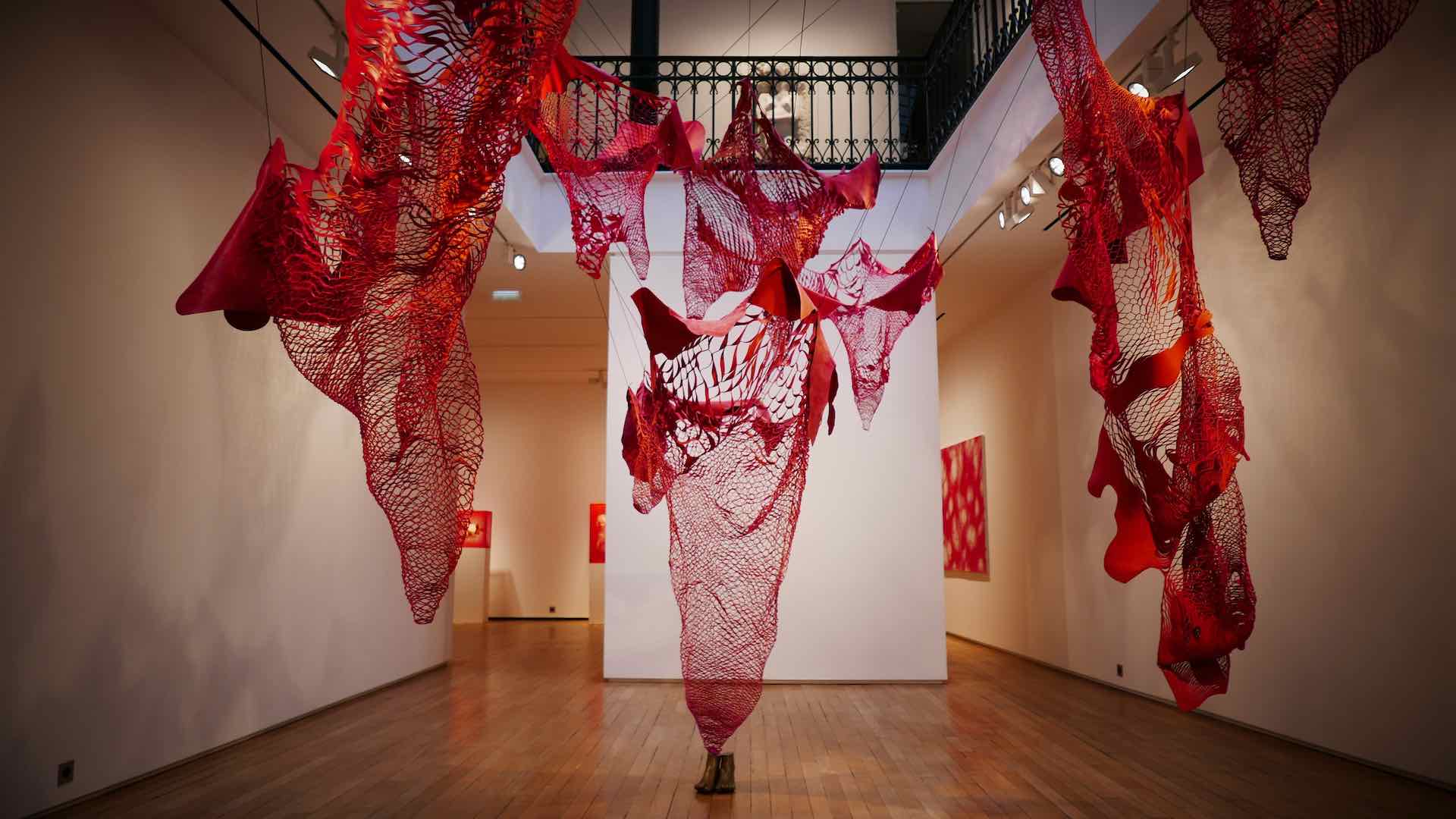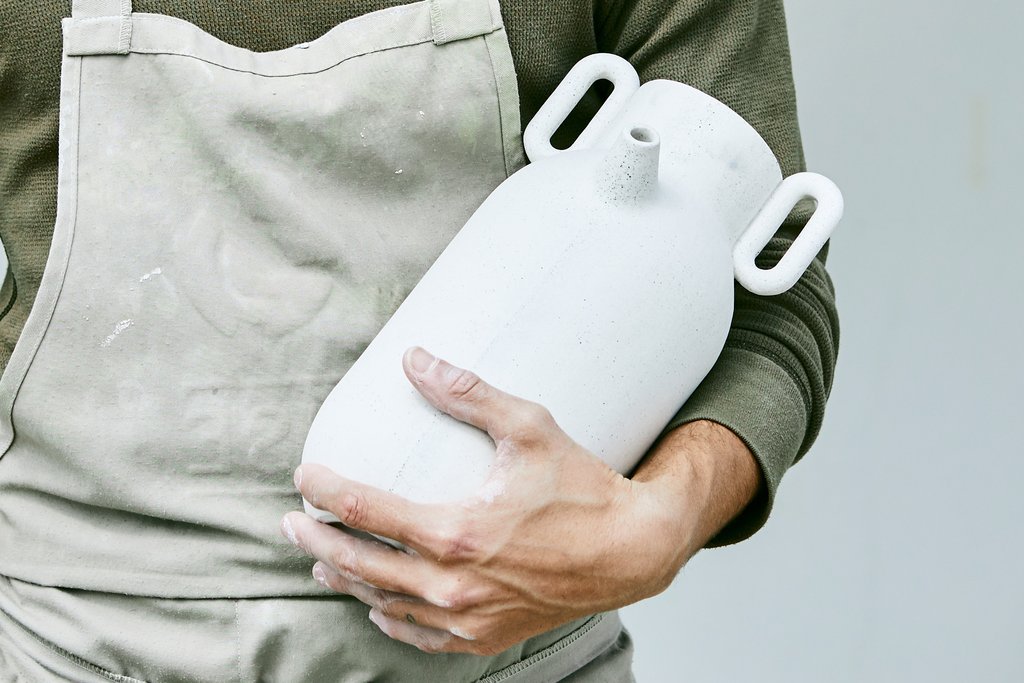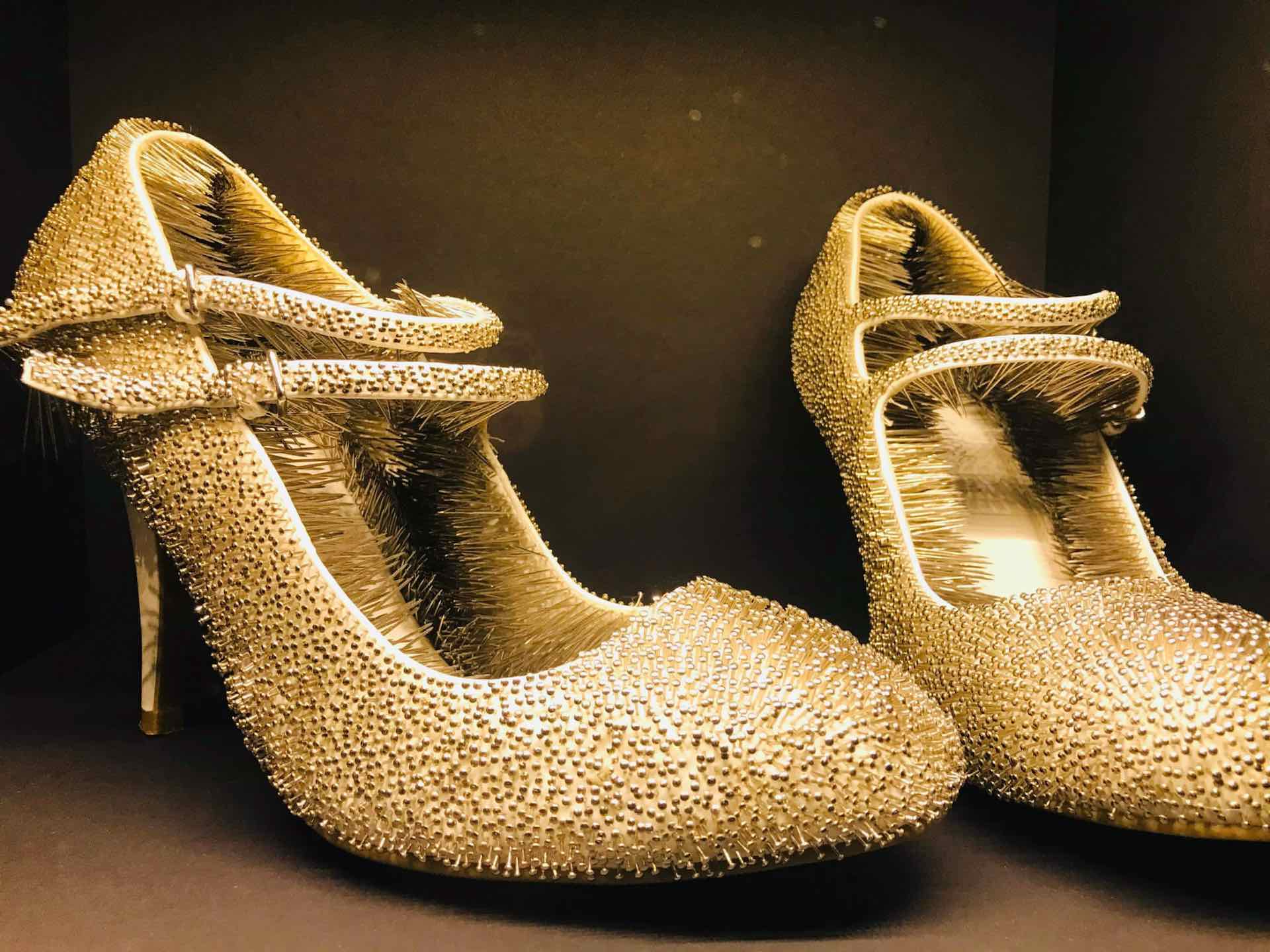Sistine Chapel virtual tour
The Sistine Chapel in Rome takes its name from Pope Sixtus IV della Rovere (pontiff from 1471 to 1484) who had the old Cappella Magna restored between 1477 and 1480. The 15th century decoration of the walls includes: the false drapes, the Stories of Moses (south and entrance walls) and of Christ (north and entrance walls) and the portraits of the Popes (north and south and entrance walls). It was executed by a team of painters made up initially of Pietro Perugino, Sandro Botticelli, Domenico Ghirlandaio and Cosimo Rosselli, assisted by their respective shops and by some closer assistants among whom Biagio di Antonio, Bartolomeo della Gatta and Luca Signorelli stand out. On the Ceiling Pier Matteo d’Amelia painted a starry sky.
The work on the frescoes began in 1481 and was concluded in 1482. This is also the date of the following works in marble: the screen, the choir stalls (where the choristers took their places), and the pontifical coat of arms over the entrance door. On 15 August 1483, Sixtus IV consecrated the new chapel dedicating it to Our Lady of the Assumption. Julius II della Rovere (pontiff from 1503 to 1513), nephew of Sixtus IV, decided to partly alter the decoration, entrusting the work in 1508 to Michelangelo Buonarroti, who painted the Ceiling and, on the upper part of the walls, the lunettes. The work was finished in October 1512 and on the Feast of All Saints (1 November), Julius II inaugurated the Sistine Chapel with a solemn Mass. The nine central panels show the Stories of Genesis, from the Creation to the Fall of man, to the Flood and the subsequent rebirth of mankind with the family of Noah.
Towards the end of 1533 Clement VII de’ Medici (pontiff from 1523 to 1534) gave Michelangelo the task of further altering the decoration of the Sistine Chapel by painting the Last Judgement on the altar wall. This caused the loss of the 15th century frescoes, that is to say of the altar-piece of the Virgin assumed among the Apostles and the first two episodes of the Stories of Moses and of Christ, painted by Perugino. In this fresco Michelangelo wished to show the glorious return of Christ in the light of the texts of the New Testament. The artist began the mighty work in 1536 during the pontificate of Paul III and completed it in the autumn of 1541. Using his extraordinary artistic capacities, Michelangelo tried to translate into visible forms the invisible beauty and majesty of God and guided by the words of Genesis he made the Sistine Chapel “the shrine of the theology of the human body”.
The frescoes of the entrance wall were repainted in the second half of the 16th century: Hendrik van den Broeck repainted the Resurrection of Christ by Ghirlandaio, while Matteo da Lecce repainted the Discussion over the body of Moses by Signorelli, which had been seriously damaged when the door collapsed in 1522. The frescoes of the Sistine Chapel underwent a complete restoration between 1979 and 1999. The intervention also regarded the marble parts, that is the cantoria, the screen and the coat of arms of Sixtus IV. The Conclave for the election of the Supreme Pontiff is held in the Chapel.

